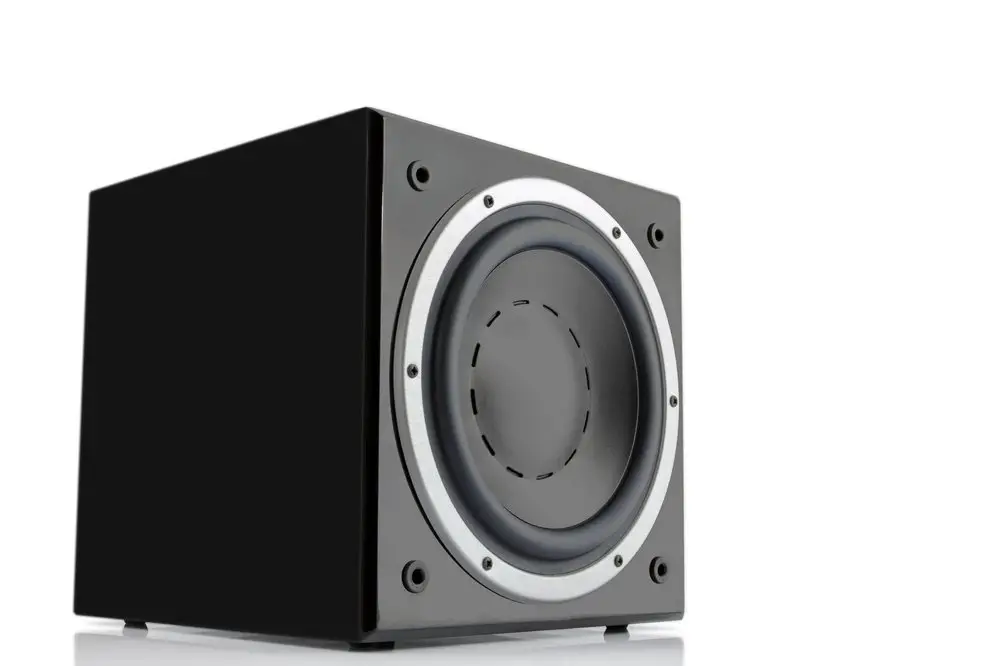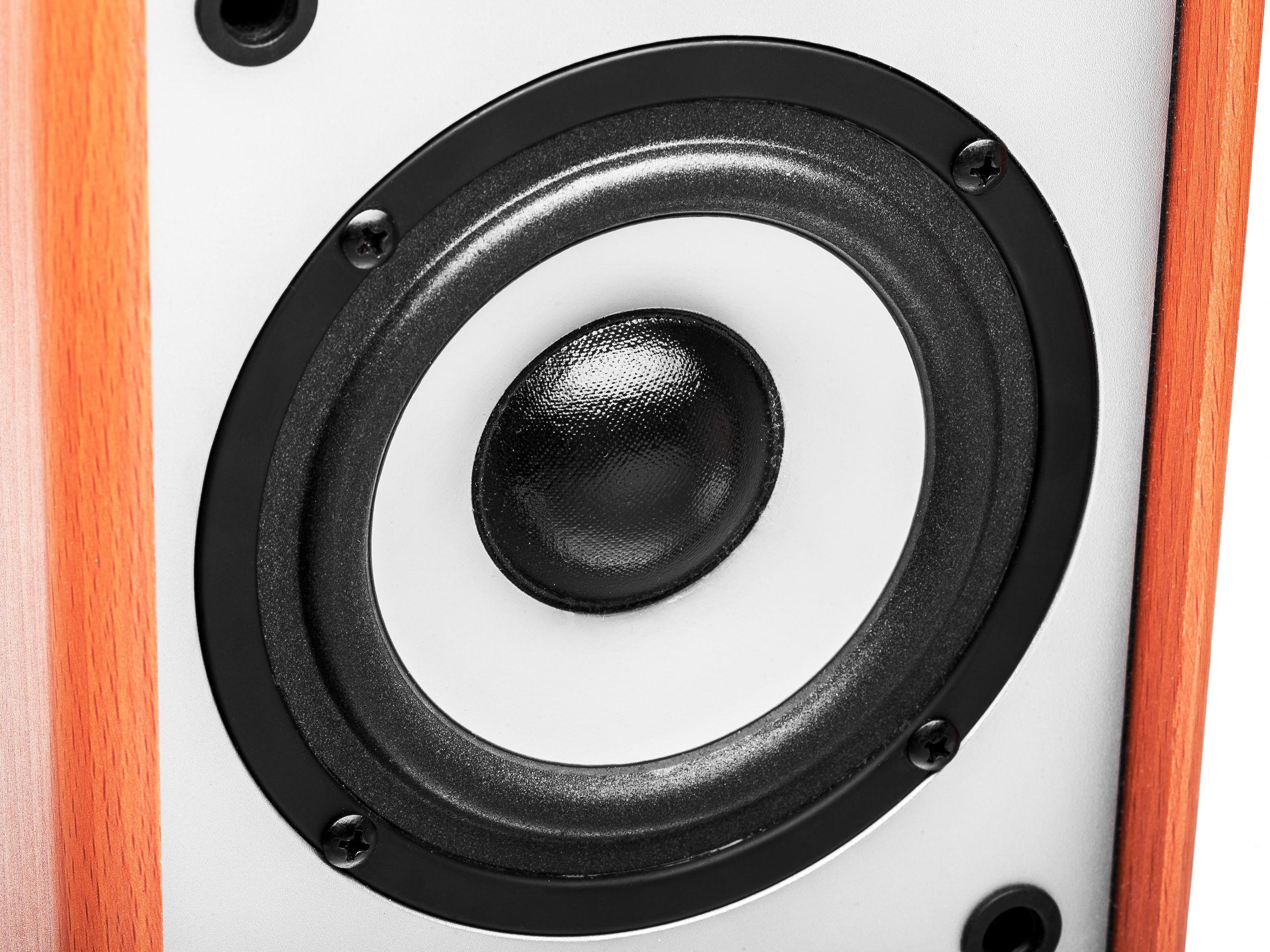A great question.
How do I know if my subwoofer is working?

The easiest way to find out whether your subwoofer is working is by testing it.
Subwoofers are essentially speakers.
Given this, you will need to connect them to the power to test them out. If you turn them on, and they are not producing any sound, then it is likely that there is a fault with them.
It is fairly easy to know when your subwoofers are working because they will produce a sound.
Given this, if there is sound being produced, there are no issues with them.
However, it is not always as simple as this.
Sometimes a subwoofer may be producing sound, but it can still be faulty.

When testing your subwoofer, the sound should be warm, crisp, and clear.
If the sound is fuzzy, or distorted in any way, it is very likely that your subwoofer is not working correctly.
It is worth noting that the sound might be present, but your subwoofers are not able to pick them up.
This does not mean that they are not working correctly, it simply means that the sound being played is not in the frequency that can be picked up by the subwoofer.
All subwoofers will have a specific frequency and can only transmit songs within this.
Typically, if there is sound coming from the subwoofer clearly, then it is working correctly.
If there is no sound present, ensure that it is all connected correctly, and you have the sound on the correct frequency.
If there are still issues with the sound there is the potential that your other speakers can be cancelling the noise or the subwoofer has blown or become damaged.
Is it bad to push on a subwoofer?
When it comes to subwoofers, in general, yes, it is bad to push on them.
This applies to both pushing them to their sound limits, and physically pushing the speakers. Either actions can cause irreparable damage to the subwoofer.
When possible, you should never physically push in a subwoofer, as this can cause damage to the product and affect how the sound is projected.
If you have ever owned a subwoofer, you will know that they do move and vibrate when they are in use.
While it can be tempting to touch them, this should be avoided, as it can stop them from moving as they should. They rely on this in order to work correctly.
While subwoofers are fairly strong, if you push on it with force, damage is likely to occur.
For example, the dome in the middle of the subwoofer can be dented if too much pressure is placed on it. If this occurs, it can distort the sound of the subwoofer as it will be shaped incorrectly.

Lightly pushing on the subwoofer will not cause damage, but to avoid any possibility of damage my advice is, don't touch!
In addition to physically pushing a subwoofer, it is possible to push it with the amount of bass and treble you are providing.
If the amount is too high for the subwoofer to handle, distortion is likely to occur and the subwoofer may even blow as a result of this.
Distortion is your early warning sign if you are pushing your subwoofer to the limit. The sound will lose its crispness and clarity. In this instance, you should reduce the volume, bass or treble.
However, if you pump up the volume to its max straight up with no build up to test the subwoofer’s limits, know there will be a point when the subwoofer will blow.
While it can be tempting to increase the volume or to physically touch the subwoofer, this should always be avoided where possible to help prevent damage.
Is it worth repairing a subwoofer?
In the vast majority of cases, no, it is not worth repairing a subwoofer.
It is though a matter of personal preference.
If the subwoofer is only slightly damaged it may be easy to fix.
Typically, if a subwoofer is damaged, the damaged part will need to be replaced. If you are looking to do this yourself, you will have to source and pay for the part. This can often be quite costly.
If you are looking to take the subwoofer to be fixed by a professional, you will have to pay for labor on top of the replacement part.
In this instance, it is not likely worth paying for the subwoofer to be fixed, as this may actually cost more than purchasing a new subwoofer.
If you own a fairly new subwoofer, you can look into the costs of it being fixed. This may not be too expensive.
If the subwoofer is an old model, a new subwoofer is likely a better option for you.
When looking for replacement parts for old subwoofers, these can be more difficult to source. Given this, it is not always worth repairing them.
In recent years, the cost of subwoofers has increased, and there are many options available to purchase at a low cost.
Given this, it is not overly necessary to get the subwoofer fixed as you can purchase a good quality subwoofer at a fairly low cost.
However, we would always recommend researching the problem, and looking at how much the cost of the replacement part and repairs will be as it will vary for each make and model.
Summary: How do I know if my subwoofer is working?
Turning on the power will normally test whether your subwoofer is working.
If there's in no sound, check whether it is set to right frequency. If it is set correctly then you have a problem with your subwoofer. Similarly if the sound is not crisp and clear the subwoofer may be damaged.
I discussed the scenarios that could apply and whether you opt for repair or replacement as being a matter of your preference.
I hope though that your subwoofer is working and it's just a frequency change that's needed!

